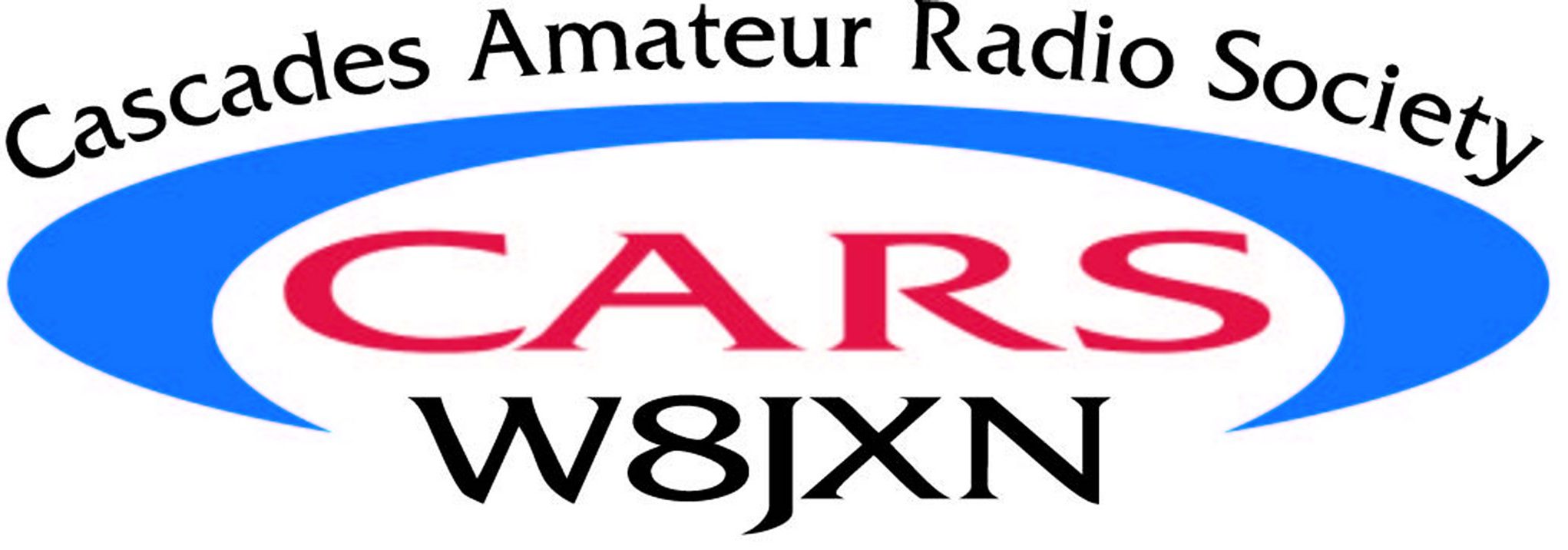NVIS Antenna / ECOMM Communications
ECOMM Notes: Tim, WD8PMD, Oct-2021
Why choose an NVIS antenna system?
In the world of ECOMM we need a method that offers a quick solution to our regional communication needs. I’m speaking of communications that cover the range of a few miles to a few hundred miles. While UHF / VHF will cover the few mile end of things, we need a simple solution for the few hundred miles (you are now entering the “Skip” Zone). This is where the NVIS antenna solution comes into play.
How do they work?
NVIS antennas take advantage of the high take off angle of the signal due the proximity to the ground and the reflection of the F layer in the ionosphere. What’s happening here is that the signal goes straight up, more or less, and is scattered off the F2 layer and reflected back to earth. This only works for the lower (40 / 80-m) HF bands. Anything higher just heads out into space, CQ CQ interplanetary travelers! Is this a hard and fast rule you ask? No, but close. You can use this antenna for most of the ham bands in some fashion just don’t expect much outside of design specs.
Why NVIS?
Most ECOMM HF communications are on the 40 / 75-80-meter bands.
NVIS antennas are “usable” on all HF bands
Excellent signal to noise ratio
Works well with low power
NVIS antennas offer a more or less omni directional pattern
Able to work local skip zone out to about 400 miles
Allows for less than perfect terrain (mountainous, canyons, or heavy foliage)
Easy to pack in/out and to erect.
CHEAP and simple to construct
May need to use an antenna tuner for best wide coverage results
Limited power handling, not much over 150 watts. Depending on materials used in construction.
Gain …. Not so much
Not suitable for DX use
As with most anything, there are a number of designs available. Anything from a simple length of wire to a full-blown tower system. If you think about it, I’m sure that you have seen some of these designs in use. Have you ever seen a military vehicle with a long whip antenna pulled flat back to front, or sticking out the rear? That’s NVIS in action.
In the NVIS world the old saying of “Height is might” does not apply. With UHF / VHF or other LOS frequencies, yes, this is the case. But with NVIS most anything above 20’ is counterproductive. In fact, your best results would around 14 to 20’ above ground level. No radials or counterpoise needed.
My choice is a turnstile inverted V 40 / 75-80-meter design. It has a center point that is at 16’ and a footprint that is around 50’ x 150’. In this design the antenna lines also serve as supports (less to pack).
Parts list / Construction / Setup
You can go all in on the construction or rummage through your junk box, it’s all good.
For me, here’s my parts list:
16’ of fiberglass or PVC pipe
approx. 200’ of antenna wire
approx. 100’ Paracord
4 insulators
4 tent stakes
1 1:1 balun*
4 ferrite snap on chokes
As much as you need – coax cable
*You can substitute an SO-239 or use any old insulator in place of the balun if you want to go cheap. Just water proof the heck out of it.
Construction:
Cut 4 lengths of antenna wire, 2 @ ~ 59’ea (80/75m) and 2@ ~ 34’ea (40m)
Strip and tin if necessary one end of each wire.
Attach one length of the 80m and one length on the 40m to one side of the balun. Connect the other two lengths of wire to the other side of the balun. I would weatherproof these connections in some way.
Cut 4 lengths of Paracord. 2 @ ~12’ and 2@ ~ 25’. Tie one end of the cord through the insulators and tie a loop in the other end.
Feed the end of the antenna wire through the insulators and loop it back upon itself by a few inches. Don’t worry, this will have negatable effects on the final tunning.
Figure out some way to attach the balun to the mast (I’m using an old S hook and a little bit of paracord I had laying around) and Bob’s your uncle.
Setup:
It couldn’t be simpler. Place your mast and stretch out the antenna lines, then stake them into the ground. Go have a beer, or other beverage of choice while you admire your masterpiece. What you need to watch out for is that the 40 / 80 m lines are at 90 deg to each other. This has to do with the phasing of the two bands on the same balun. Tune it up for your band choice and away you go. You also want to keep the angle of the antenna wire to center post at about 120 degrees.
Time to play radio!

